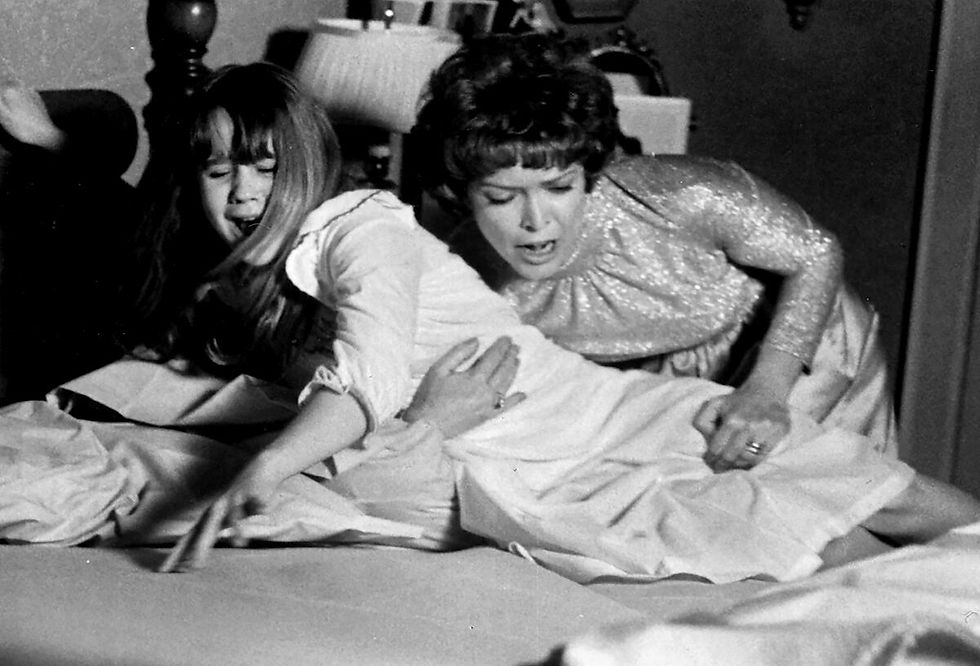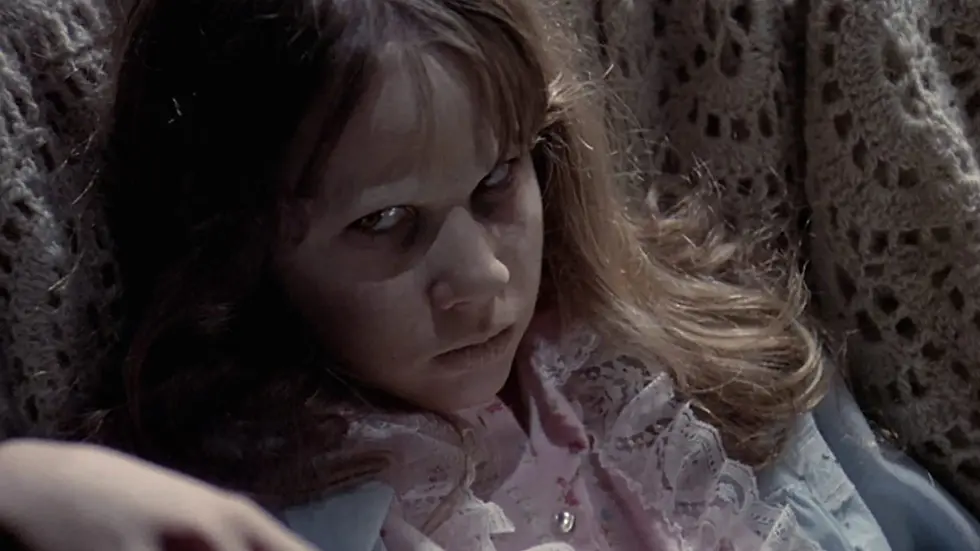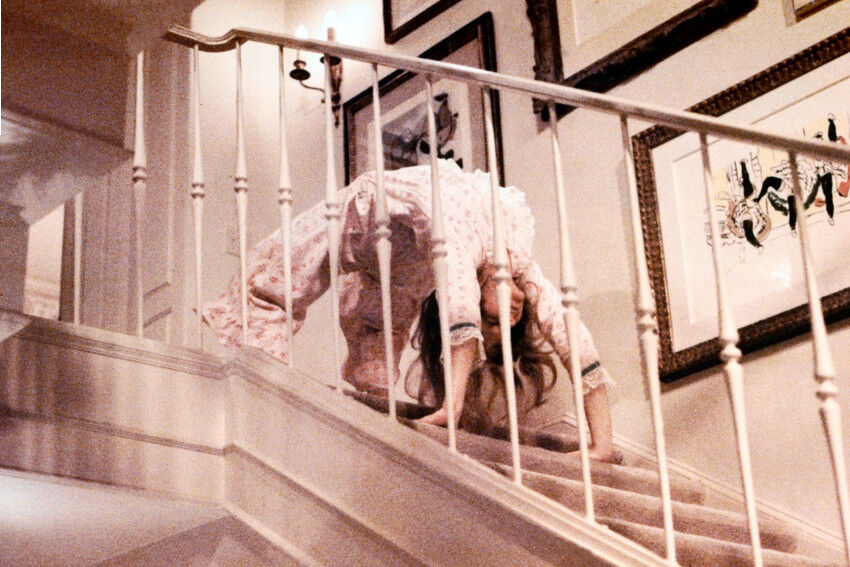Halloween Rewind: Why does The Exorcist continue to spook us 50 years later?
- Sid Collyns
- Nov 6, 2023
- 3 min read
Updated: Nov 6, 2023
The Silence of the Lambs, Scream, The Shining: what do they all have in common? They are all iconic household franchises, recognized by any horror film fan. But among the hundreds, one's cultural influence seems to silently reign over all: William Friedkins' The Exorcist (1973), which recently had its 50-year anniversary. The film depicts a topic that was revolutionary at the time, as it was a decade before the Satanic Panic, a moral panic in the United States about Satanic practices. It relates the story of a young girl being possessed by a wicked entity, and the hysteria, from her family and the Church, that ensues. To many, it is considered the late Friedkins' magnum opus. But such a statement begs the question: out of all franchises, why has this one had such a reminiscing cultural effect?

The Exorcist follows Regan (Linda Blair), a lively young girl, who is dealing with her parent's separation and moving states with her single mother, Chris MacNeil(Ellen Burstyn). Audiences can quickly realize something is amiss, for there is something dark hidden behind her bubbly demeanor and toothy smile. Her slow, implicit descent to madness allows for the moral corruption of the premise to fully seep in, it forces audience members to sit in the uncomfortable dread of it all. As Regan begins to show 'symptoms' of her demonic possession, like using vulgar language, and becomes more confused by the minute, her mother despairs while searching for an explanation in medical institutions and churches. Her hopelessness is palpable, and will surely be felt intensely by any parents watching. Unlike the countless films that tried to mimic it, The Exorcist doesn't rely on a 'one size fits all' formula of jump scares every 10 minutes to keep the watcher hooked; its ghastly, eerie one-hour-long display of panic and anguish is more than enough.

Eventually, the demon does present itself explicitly and uses its screen time to the utmost degree. Regan's voice becomes a guttural growl, she forms repugnant scars on her now sheet-white face and makes disturbing contortions with her body, like the notorious spider-walk. She now completely embodies absolute evil. But what makes this presentation of crisis different from other horror films? Through the composition of such abhorrent scenes, Friedkin is able to convey larger-scale themes that can be interpreted in a variety of ways. For example, the juxtaposition of supernatural evil and faith only further increased the skepticism and questioning of the Christian church's values during the 1970s. Moreover, Ellen Burstyn's emotionally vulnerable and raw portrayal of Chris MacNeil exemplifies the total helplessness any parent will feel at some point when the solution to their child's suffering is out of their control. Looking at it from a broader scale, her character could also represent the demonization of single working mothers at that time, as they had just been granted major freedoms in the 60s-70s. The point is: no interpretation is incorrect. Friedkin purposely created a sense of ambiguity to reflect the complexity of reality, instead of making a mere splatter-fest flick for the sake of shock value. He addresses real-life dilemmas in order to carry out a full-fledged study of the human condition.

All in all, The Exorcist pulled off a method of horror filmmaking that corporations still try to replicate to this day, but can never quite achieve. The tension felt by the audience is uncanny, furthered by the movie's cold, eerie atmosphere that will haunt the viewer for weeks or months, even. It presents how, even 50 years later, we continue to be fascinated with deep dives into our most personal and internal desires, analyses of the human psyche, questioning if we really have full dominion over ourselves, and contemplation, whether spiritual or religious, of life after death. Some things never change.



Comments